
Two blank cheques: are Ontario and B.C. copying the homework?
Governments of the two provinces have eerily similar plans to give themselves new powers to...
Rajen Toor’s 2023 harvest should have been an occasion to celebrate. Toor and his wife Bree, the duo behind wine label Ursa Major, had just purchased their own vineyard in the fall of 2022. For six years, Toor had been making his small-batch wines from grapes purchased from his family winery in Oliver, B.C., and, more recently, from a vineyard he and Bree leased on the Naramata Bench. Harvesting the first crop from their own vineyard would have been a triumph for two young winemakers.
“We’d seen the place and fallen in love,” Toor says of their Keremeos vineyard. But after a mild winter — an increasingly common occurrence in B.C.’s Interior — a sudden cold snap dropped temperatures in the Similkameen Valley down to -25 C in December 2022. The Syrah, Viognier and Zinfandel vines that were already planted on the property were severely stressed. “It not only killed the buds, but most of the vines,” Toor says. Now, more than a year later, he’s ripping dead vines out of the ground.
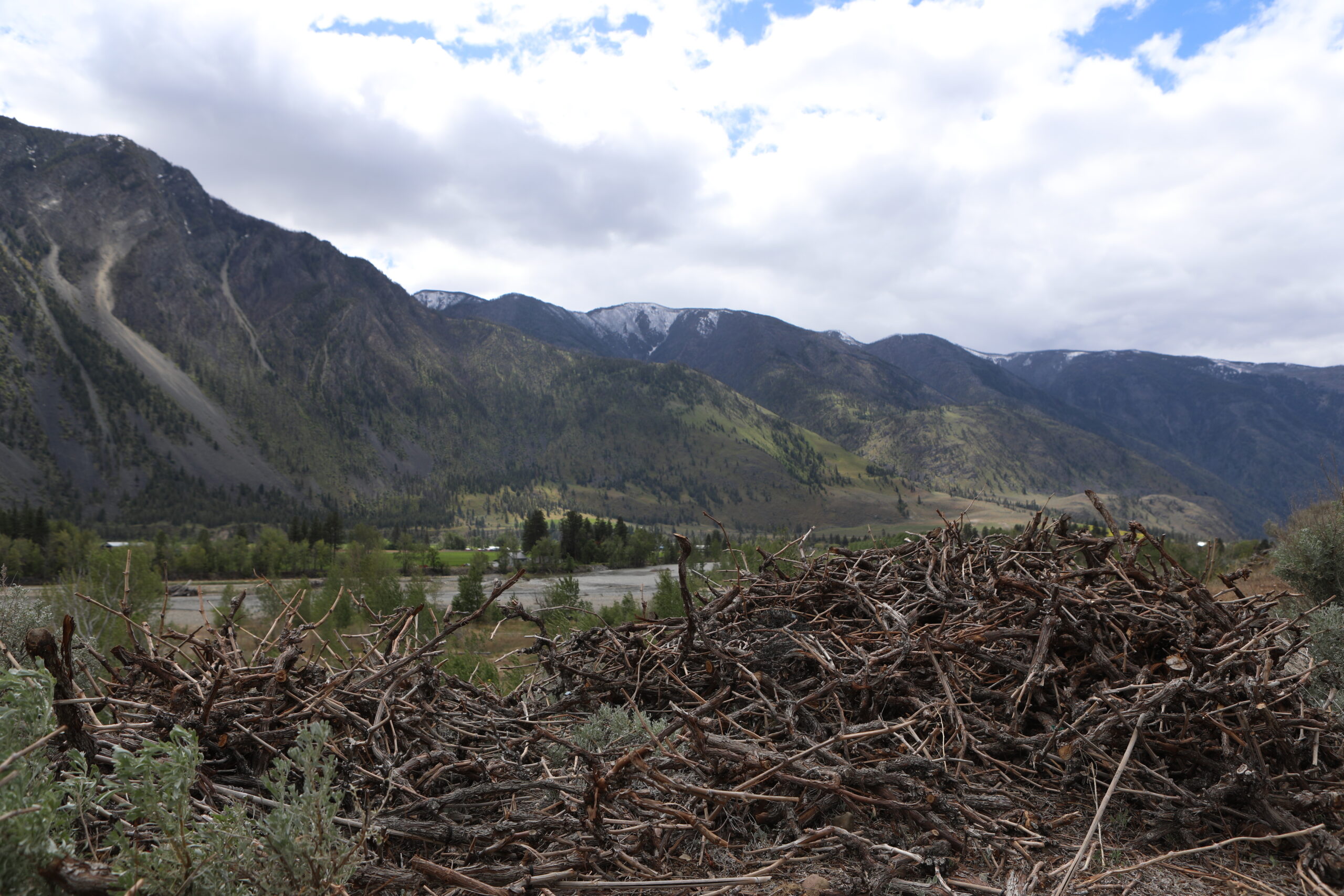
The B.C. wine industry — specifically the Okanagan–Similkameen regional district, home to over 90 per cent of the vineyards in the province — has weathered several difficult years. On top of pandemic-related labour shortages and supply issues, inflation and diminished tourism revenue, wineries and growers have faced devastating climate events that have affected the wider agricultural industry. Summer droughts and extreme heat events have stressed and weakened plants, while vicious wildfires have exposed grapes to smoke, leading to the risk of smoke-tainted wines. Warmer winter temperatures followed by spring frosts and cold snaps have resulted in disease and destroyed entire vineyards.
The reality is undeniable: the area’s climate is changing, and with it, an industry that will need to adapt to survive. But for a wine region that’s still defining its identity, the climate challenges present not only practical questions, but also existential ones.
Just a year after the extreme temperature drop in December 2022, another deep freeze descended on wine growers. For several days in January 2024, temperatures across the Okanagan and Similkameen, as well as in the Thompson Valley to the north, dropped below -25 C from unseasonable daytime highs of 10 to 13 C (Canada’s warmest winter on record). The damage from the previous winter’s cold snap had already resulted in a nearly 60 per cent loss of grape and wine production across the province. For the 2024 harvest, the industry is predicting a 97 to 99 per cent loss from both bud and vine damage. In short: decimation.
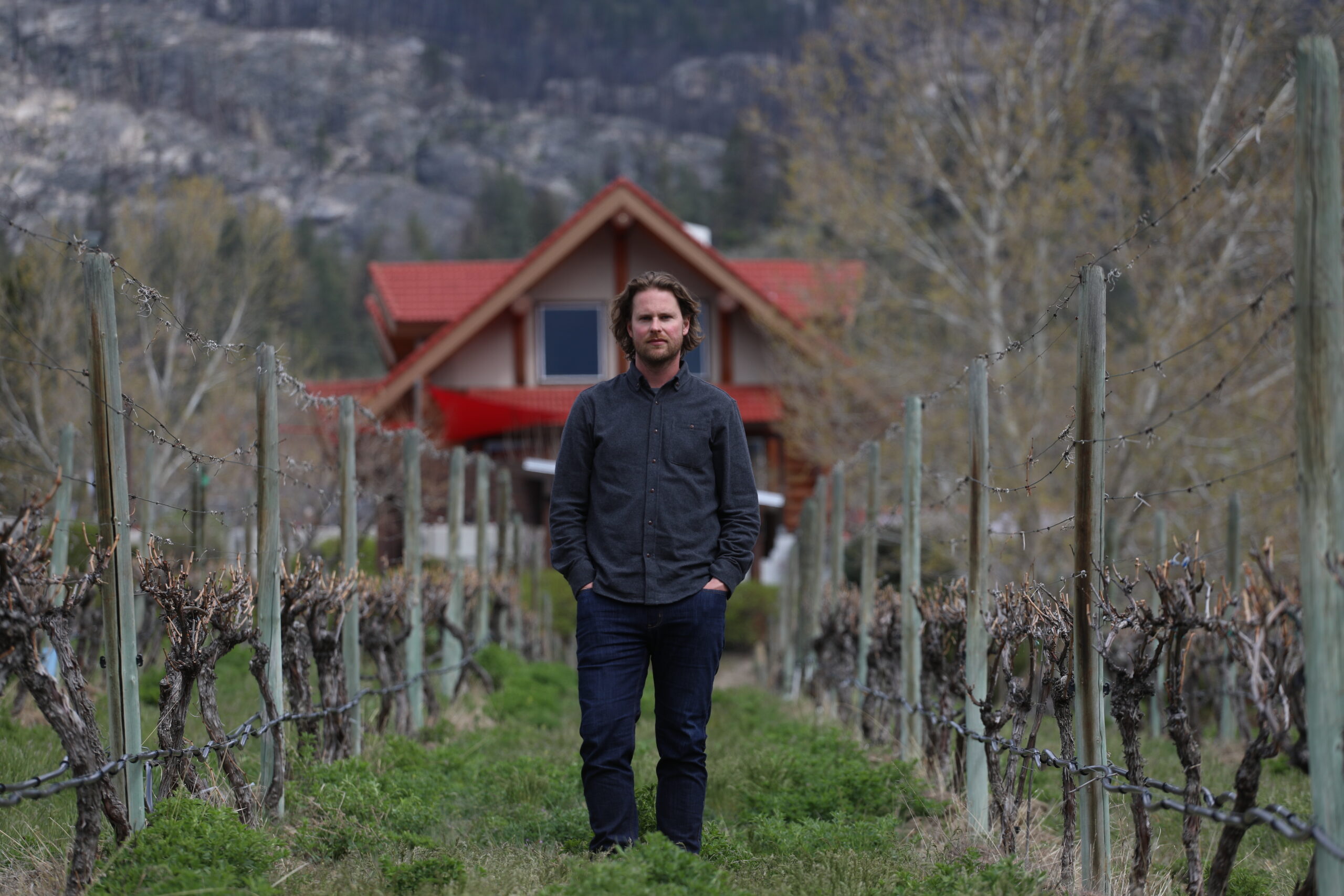
“It’s going to be ugly, that’s for sure,” says Evan Saunders, head winemaker for Blasted Church Vineyards, a mid-sized winery in Okanagan Falls, in the central Okanagan. Blasted Church had already lost 50 per cent of their buds from the 2022 freeze — buds that would have otherwise grown into tendrils, leaves and fruit. The surviving plants had been stressed to their limit, and Saunders feared that another temperature plunge would be too much for them to endure. Late last December, he watched the weather forecast with mounting anxiety. “Looking at the 14-day forecast, everyone started noticing those -28s and -30s popping up and it seemed like it couldn’t possibly happen,” he says. “It was far too cold. Then, we woke up on Friday and our daytime high was -19 C. We stayed below -18 for 56 hours, which is just an eternity for a grapevine.”
“The best-case scenario would be no fruit from the Okanagan, Thompson or Similkameen valleys this year, but at least maybe the vines will be alive.”
Winemaker Evan Saunders
Saunders doesn’t expect to get any fruit from Blasted Church’s 40 acres of vineyards this year, nor from the additional 40 acres the winery sources from farther south in the valley, where many grape growers are based. “The best-case scenario would be no fruit from the Okanagan, Thompson or Similkameen valleys this year, but at least maybe the vines will be alive.”
More than 80 varietals are currently grown across the province, the vast majority of which are European Vitis vinifera grapes. Merlot, Pinot Noir, Pinot Gris, Chardonnay and Cabernet Sauvignon are the most widely-planted grapes in B.C., and also among the most popular and well-known wines in the world. The B.C. wine industry is still in its infancy, relative to other New World wine regions such as those in California and Australia, but it has grown significantly in recent years.
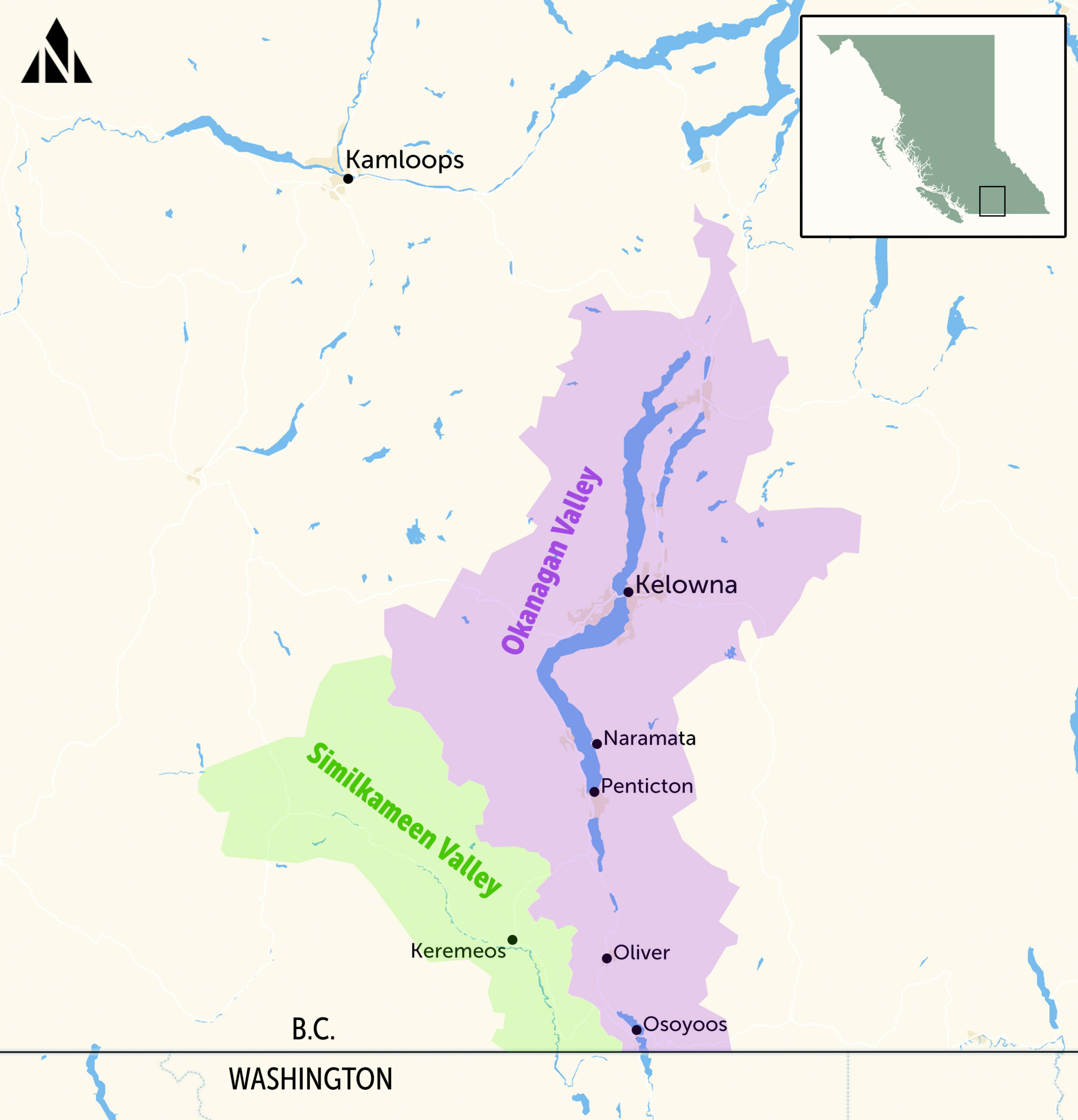
Between 2011 and 2019, the industry’s economic impact increased by more than 86 per cent to $3.75 billion. The industry supports an extensive ecosystem of supply companies, wineries, growers, restaurants, hotels, retailers and workers, with wineries across the semi-arid Interior and the cooler, coastal zones of the Fraser Valley and Vancouver Island. Like other wine-growing regions across the world, its climate issues have affected the entire commodity chain.
Wine Growers BC, a leading industry association, estimates the damage from January alone will cost the industry $440 to $445 million. In December, just before the cold snap hit, the organization lobbied the provincial government for assistance for climate-related damage to crops and vineyards. While most wineries and growers purchase crop insurance, the financial impacts the industry is facing far exceed the costs that current insurance options cover.
In March, both the provincial and federal governments heeded the call and announced funding for B.C. and Canada’s wine and agriculture sectors. The federal government pledged $177 million for a three-year extension to its Wine Sector Support Program, acknowledging the challenges Canada’s broader wine industry is facing, and the province contributed $70 million to expand its 2023 Perennial Crop Renewal Program. The latter will help growers across B.C.’s agricultural sector replace dead or diseased plants and adapt to climate change. While the support falls short of the $162 to $317 million Wine Growers BC estimates the B.C. industry alone will need to successfully replant thousands of acres of vineyards, it has been a welcome relief. But even if the money were enough to fund a full replant of the region, it doesn’t account for extreme weather events that seem likely to reoccur in years to come.
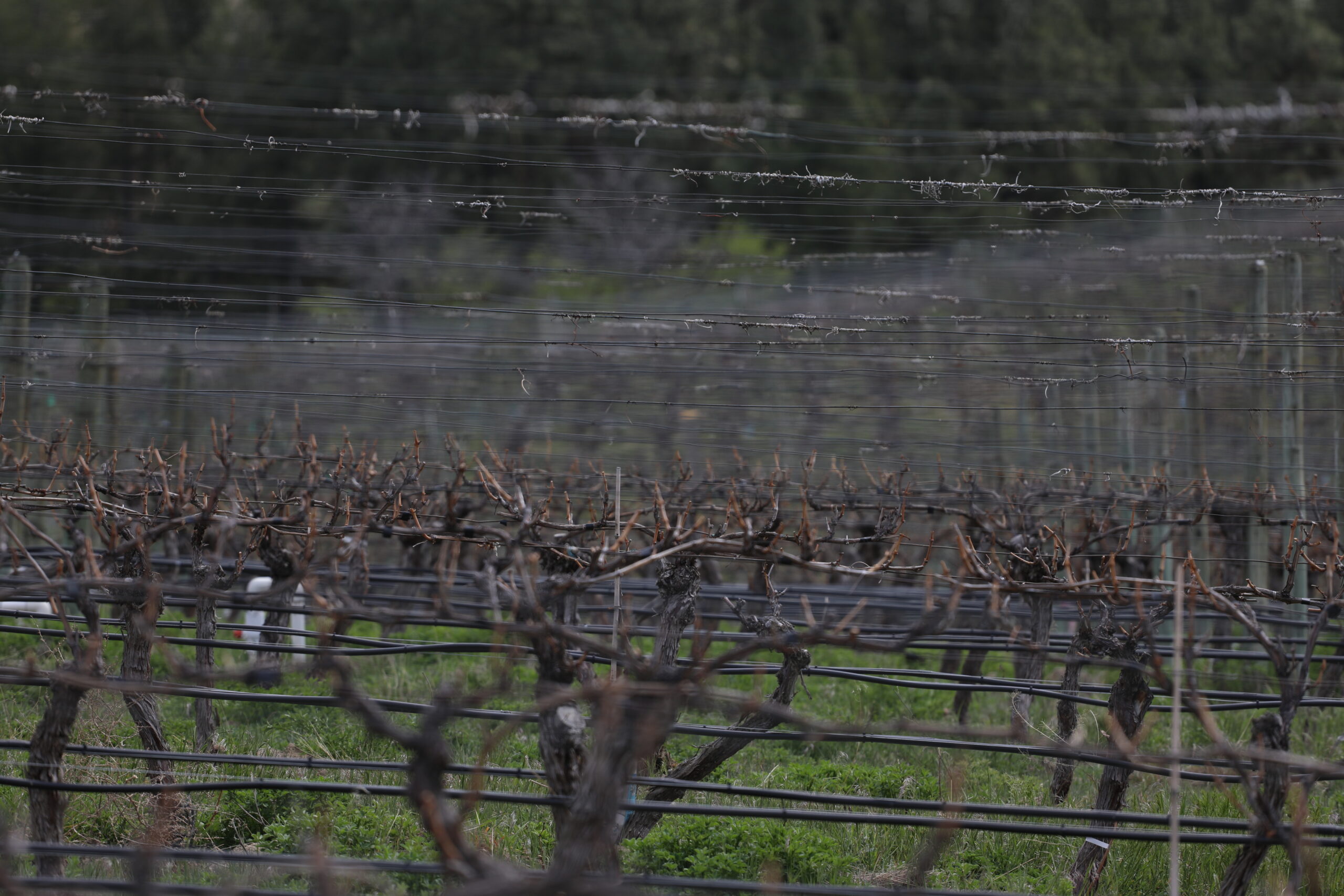
Cold snaps like those that have afflicted the Interior in recent years are caused by disruptions in atmospheric circulation patterns. Periodic waves in the atmospheric jet stream lead to northerly winds funnelling cold air from the Arctic farther south, creating Arctic outbreaks, often referred to as cold snaps. They can happen across Canada but are more likely to occur on the western side, and the Okanagan Basin’s inland location makes it particularly vulnerable.
Scientists are divided as to whether these outbreaks are correlated with climate change and Arctic warming. “Cold snaps like these are part of weather, and a part of winter,” Dr. Rachel White says. White, an assistant professor of atmospheric science at the University of British Columbia, studies the atmospheric circulation patterns that lead to both cold snaps and heatwaves. “With climate change, we generally expect cold extremes to be getting warmer, so overall we would expect fewer cold snaps like this. But … it doesn’t mean that weather and variability stop.”
When we think about differences because of climate change, we’re thinking about timescales of decades, White explains. And over the next 30 to 50 years, the Okanagan–Similkameen’s climate is poised for a drastic shift.
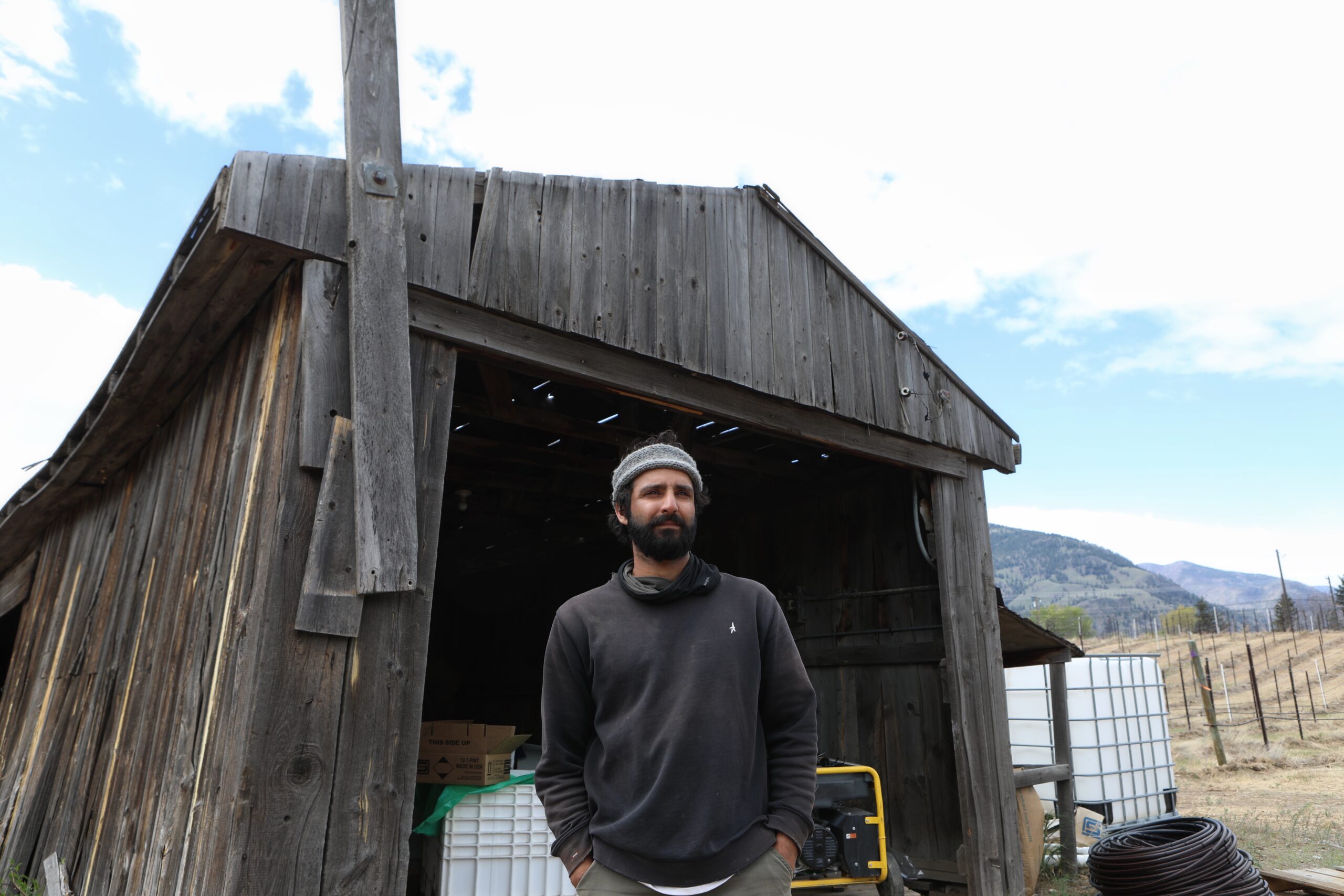
In 2016, the Investment Agriculture Foundation, a non-profit, industry-led organization, released the results of a multi-year study on climate adaptation strategies for the Okanagan’s agriculture industry. In partnership with the Pacific Climate Impacts Consortium at the University of Victoria, the report included predictions for the area’s climate from the 2020s to the 2050s, based on projected levels of greenhouse gas emissions.
The predictions for the 2020s are on track: higher overall temperatures with drier, hotter summers and more extreme heat events like drought and wildfires, and increased winter precipitation, with decreased snowpack and more variability of conditions. By the 2050s, the area and its various microclimates are expected to have increased by 2.5 degrees from the 1971–2020 baseline, with nearly seven times the number of extremely hot days (defined as days so hot they used to occur only once every 10 years) anticipated. For the agriculture industry, the results were clearly spelled out: “damage to crops and increase in susceptibility to disease,” and “inconsistent yield and quality of previously suitable crops.”
Wineries and growers have been working to adapt their practices to the changing climate. The BC Wine Grape Council, another industry association that facilitates viticulture education initiatives, leads a project called Sustainable Winegrowing BC, which helps wineries gain sustainability certification and be responsive to environmental concerns. Severine Pinte, chair of the organization and head winemaker and viticulturist at Osoyoos’s La Stella winery and Oliver’s Le Vieux Pin, says the group has been working to educate wineries and growers on climate resiliency.
“We’re trying to transfer knowledge from what’s being used around the world: helping growers understand how to manage problems with water, or talking about cover crops, nutrient programs and regenerative agriculture.” They do what they can, she says: “We’ve worked with irrigation, we’ve worked on soil health — because these are things we can control.” Extreme weather events like cold snaps are, of course, beyond winemakers’ control, and Pinte says most Okanagan-area vineyards are not designed to endure drastic drops in temperature, unlike those in other wine-growing regions in Canada.
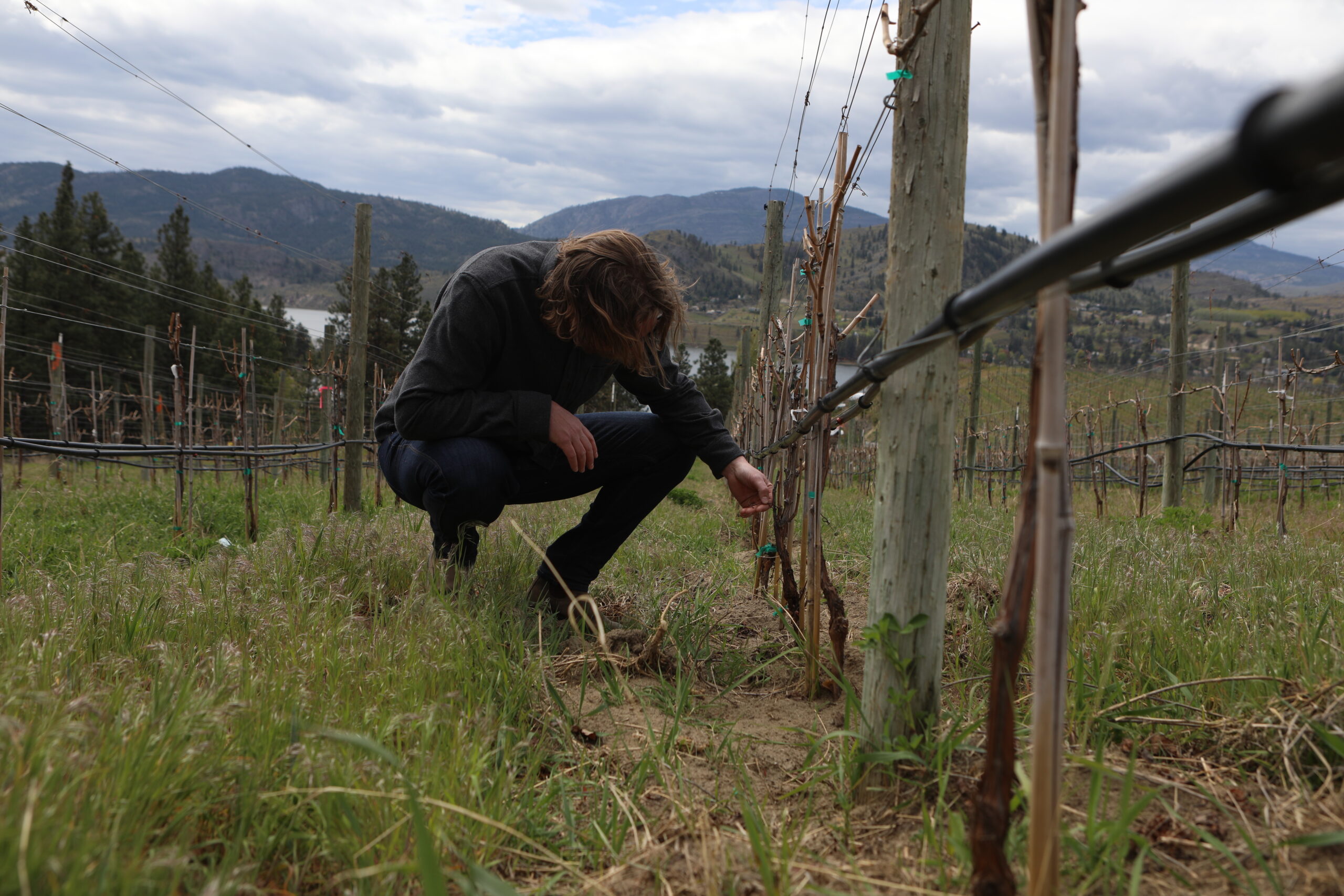
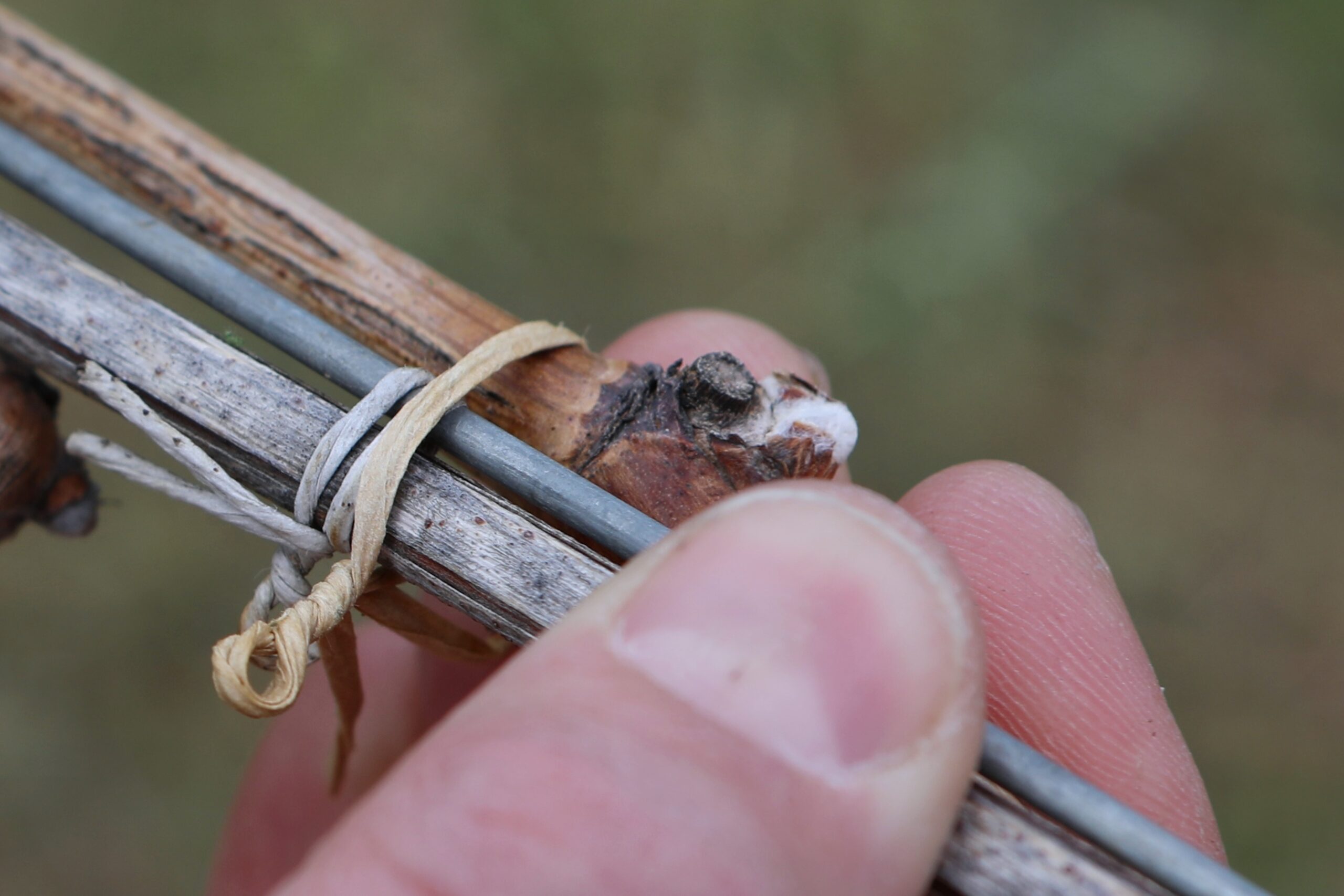
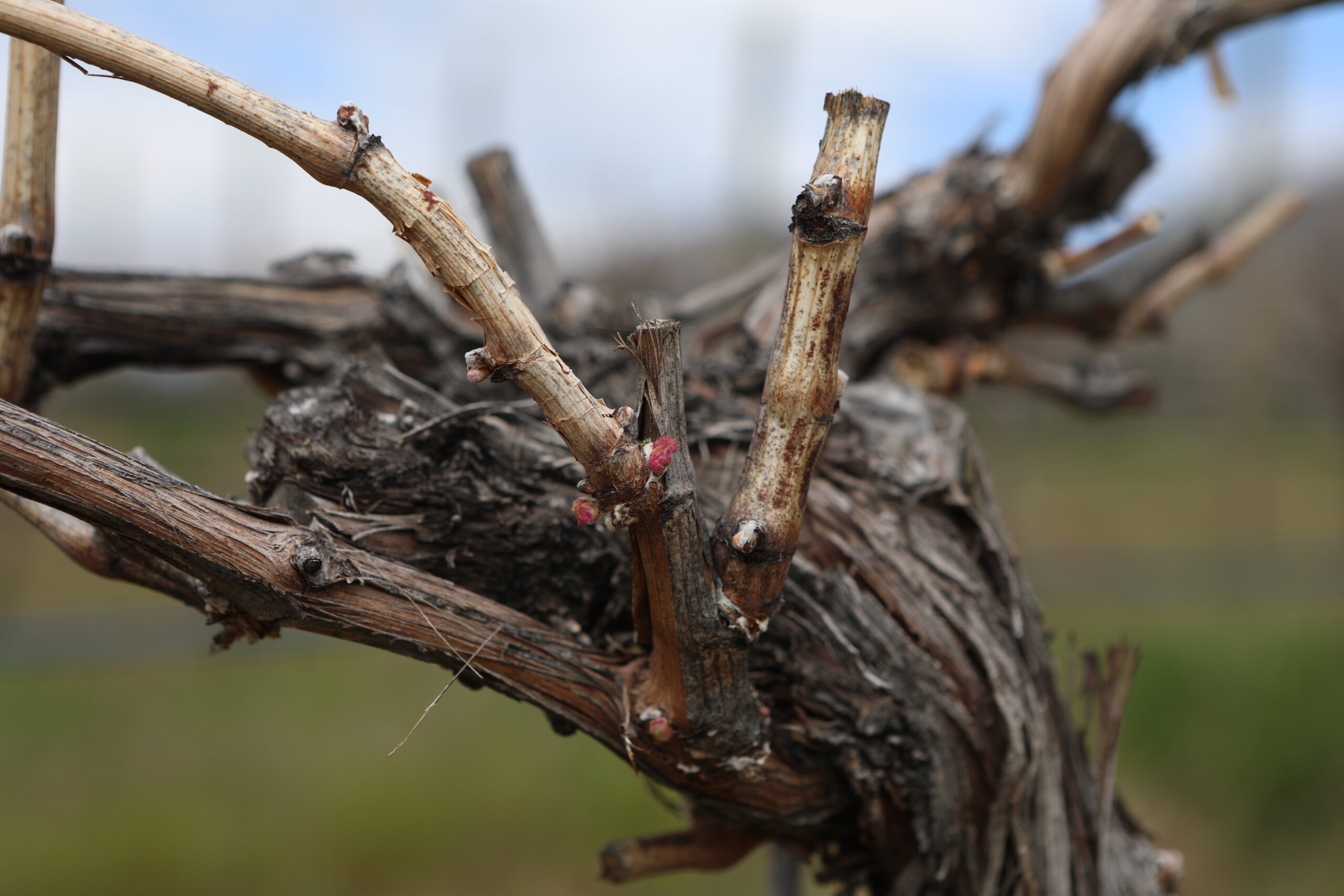
In Quebec, Pinte explains, winemakers grow their vines much closer to the ground, so they’re able to cover them with dirt after pruning, insulating the plants from cold exposure. Some winemakers in eastern Canada also use a system called geotextiles — specially engineered tarps — to cover the vines.
Saunders has been looking into both options for Blasted Church’s vineyards but, like other Okanagan winemakers he’s spoken with, he believes the practice of partially burying vines may be a better option for the region, given geotextiles’ high cost and labour-intensive upkeep. “There are some cultural practices that we may be able to work into our program that could allow the vine or even a few buds to survive, so maybe you miss a vintage but you’re not looking at an entire replant.”
Viticulture and winemaking strategies from eastern Canada may hold other lessons for B.C.’s wine industry. Part of the provincial funding promised to the agricultural sector in March has been designated for a wine-grape sector task force. Over the next two years, the group of industry experts and researchers will be charged with determining which new grape varietals may be suitable for the Okanagan’s shifting climate.
In recent years, winegrowing regions across the world have started diversifying their vineyards with sturdier varieties that are more resistant to disease and climate extremes. Even heavy-hitter Old World regions like Bordeaux in France, which is known for growing classic Vitis vinifera grapes like Cabernet and Merlot, have approved new varietals to deal with the unpredictable weather. In Ontario, Quebec, the Maritimes and parts of the northeastern United States, where the seasonal temperatures have historically been more extreme than in British Columbia, hybrid varietals have been in use for decades. Vidal, a hybrid grown in Ontario that tolerates cold well, is used in the province’s icewine production. Wines made from L’Acadie Blanc, Nova Scotia’s signature hybrid grape, have even won international awards.
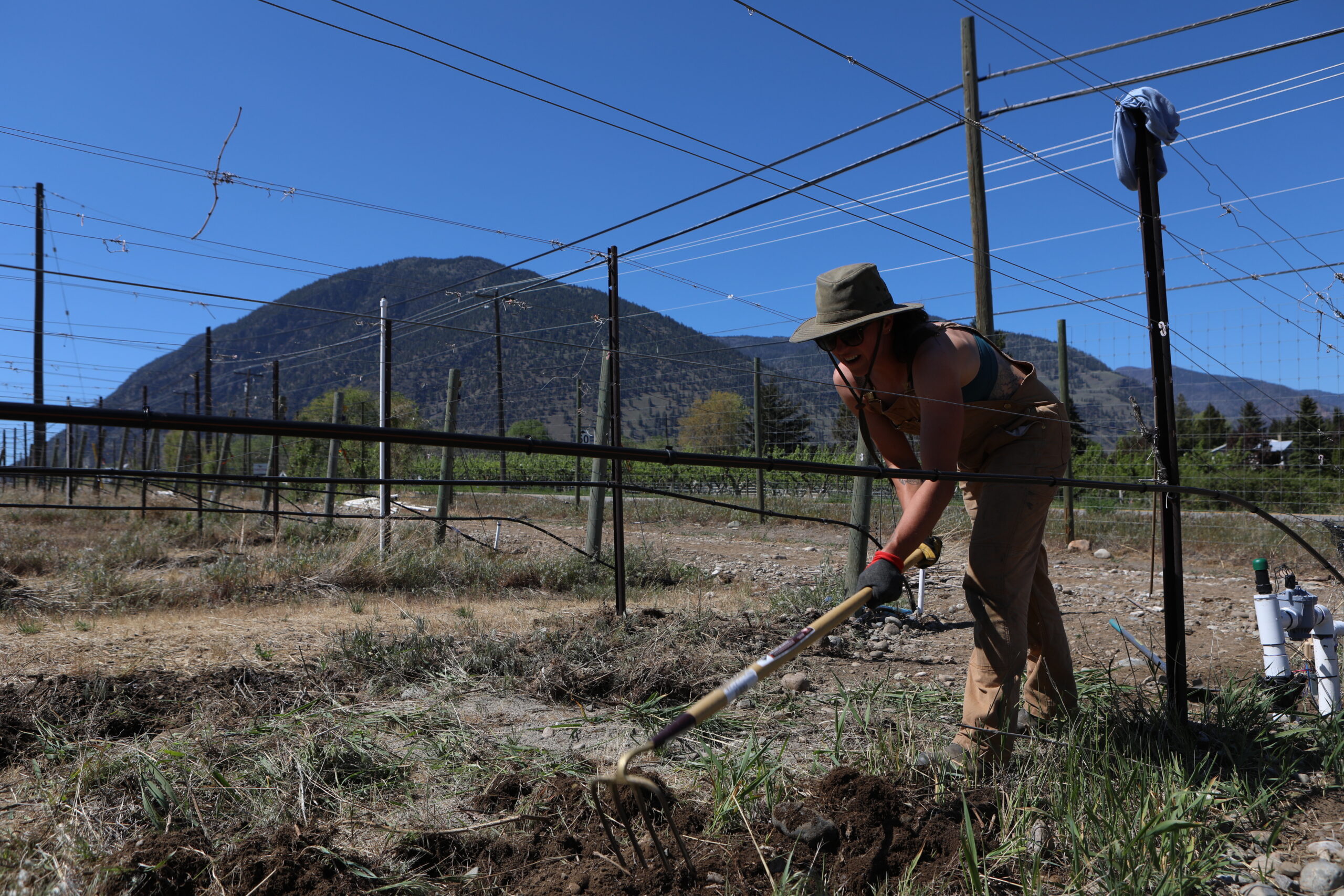
Hybrids, which currently represent fewer than three per cent of grapes grown in the province, may provide a roadmap for B.C. to chart its own uncertain climate future, especially as growers prepare to replant cold-damaged vineyards in the coming years. But their introduction into the Okanagan Basin presents complex questions for winemakers in the area.
Elizabeth Wolkovich is an associate professor of forest and conservation sciences at the University of British Columbia who studies the changing phenology of wine grapes — their natural life cycles — in response to climate change. To survive cold winters, explains Wolkovich, grapevines, like many other woody, temperate plants, shift their cellular structure as they are exposed to cold. But this adaptive mechanism requires gradual exposure to increasingly low temperatures in order to build resilience to further temperature drops.
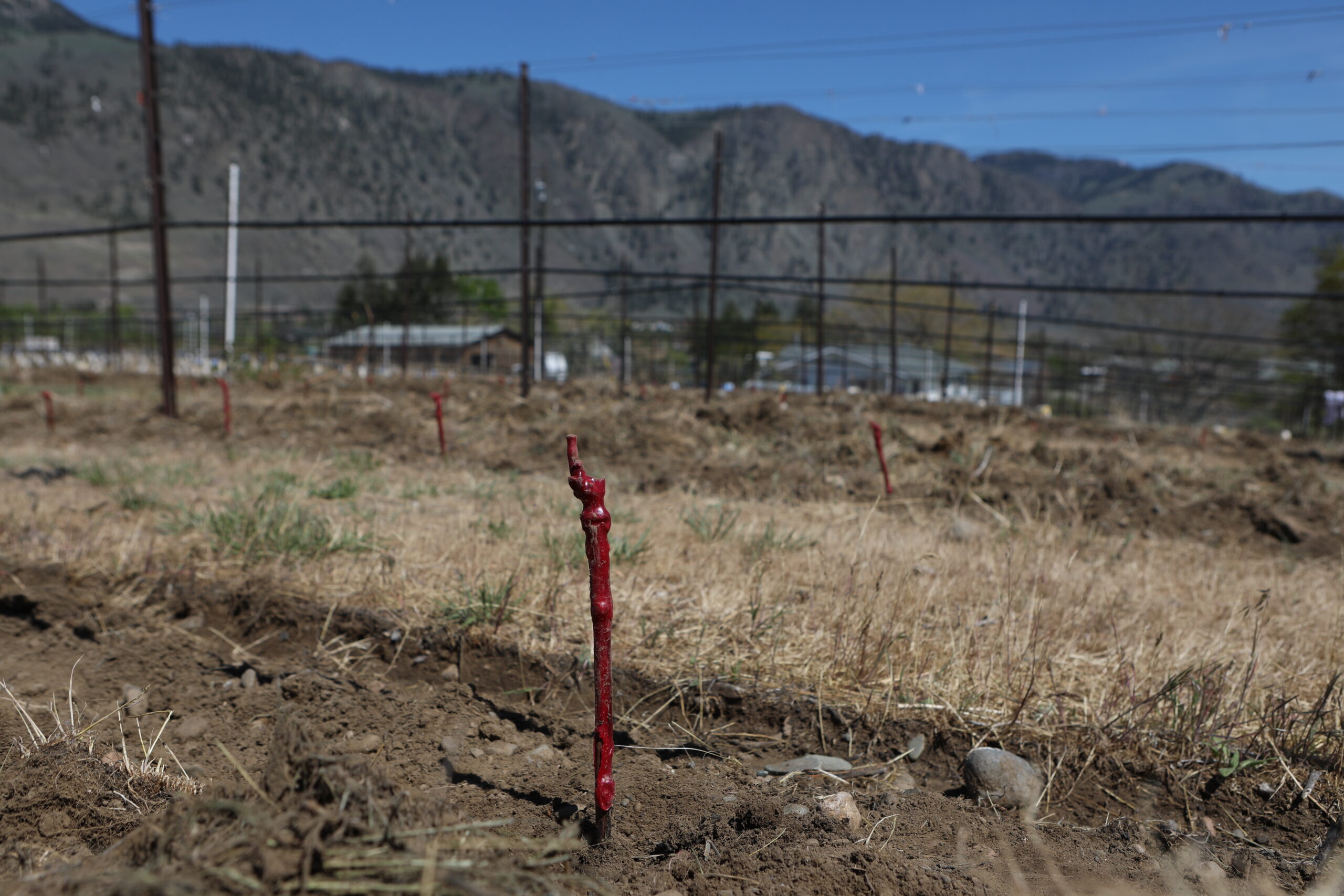
She notes that many of the vines in the Okanagan were already quite cold-hardy in January, but that it wasn’t enough. “They were pretty close to maximum hardiness, at -22, -24 C, but the temperature drop was rapid and extreme, so it went from an average evening temperature of -18 to almost -30, depending on where you were in the valley. Plants can’t take rapid cold like that and withstand it without their cells bursting.” Replanting the Okanagan with hybrids is, in her view, a plan with a fatal flaw: “There isn’t a variety on the market that I’m aware of, hybrid or not, that could have withstood a drop in temperature that rapid and extreme.”
With climate models for the area predicting warmer winters, Wolkovich notes it will be increasingly difficult for plants to develop cold-hardiness. Research suggests that some more heat-tolerant varieties currently being grown in regions of Spain, southern France and Greece may be a good fit for the Okanagan. But ultimately, Wolkovich says, taking a long-term view of resilience will be key for any climate adaptation strategy — something that’s hard to do when the last two years of cold snaps are still fresh in everyone’s minds. “We [currently] have no evidence that cold snaps are going to increase with climate change for the Okanagan,” she says. “The heat extremes and the fires will definitely increase.” The question of how to respond to these conditions will require more data, a challenge given the Okanagan’s unique climate. “There’s not a clear climate analogue for somewhere that’s this cold in the winter and this hot in the summer.”
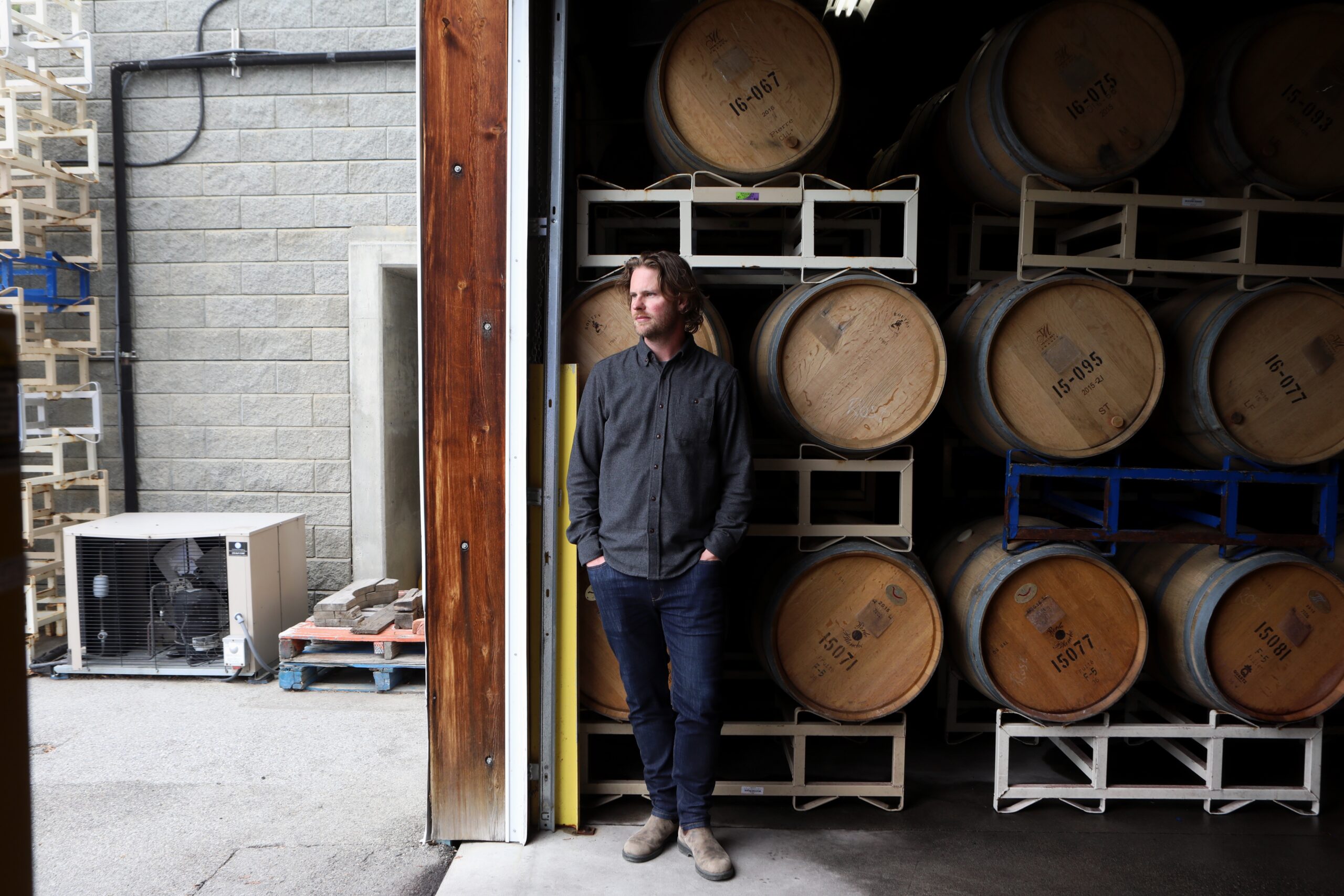
If B.C. winemakers were to begin planting more hybrid varietals in response to the shifting climate, they would find themselves facing marketing and regulatory challenges. Wine in B.C. is regulated through the Liquor Distribution Branch, which provides mark-up exemptions to wines certified through the BC VQA (Vintners Quality Alliance), an appellation of origin system similar to those used in other wine regions around the world. Regulated by the B.C. Wine Authority, the appellation only permits certain hybrids, and certified wines must be made from 100 per cent B.C.-grown grapes — a regulation that may pose issues for some wineries in the coming years, as they look to purchase grapes from Washington or Ontario to compensate for their crop losses.
Many of the area’s biggest producers operate under provincial regulations that will allow them to purchase grapes from outside B.C. for future vintages. Evan Saunders describes their discussions about the region’s climate challenges as “generally closed-door.” (None of the large commercial wineries in the Okanagan The Narwhal contacted for this story responded.)
Introducing experimental hybrids would not only mean revising the VQA regulations that currently govern many small and midsized wineries’ business decisions, but also convincing consumers to adjust their expectations of Okanagan wines. In the past thirty years, the region has largely produced classic styles such as Merlot and Chardonnay that are immediately familiar to wine drinkers from around the world.
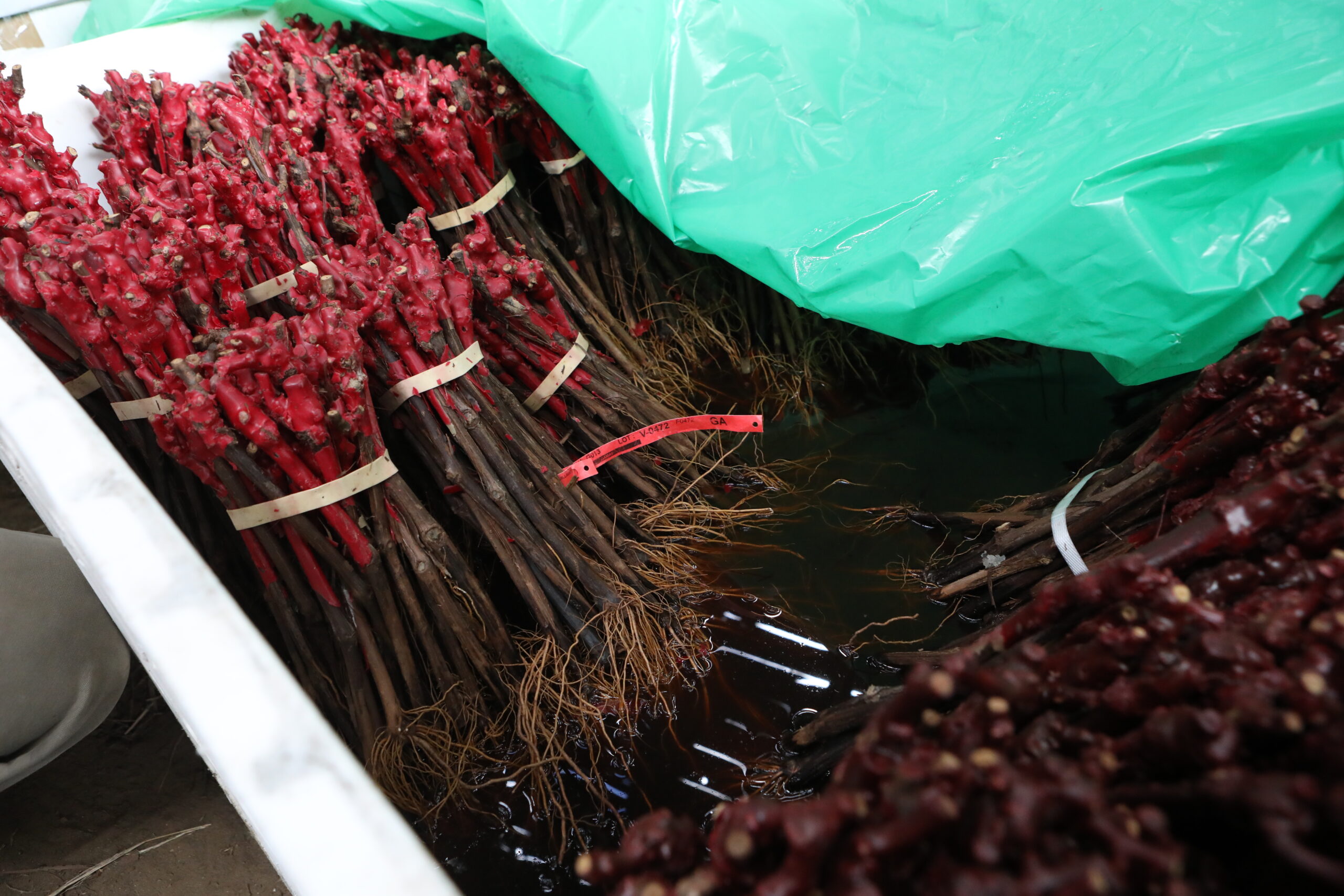
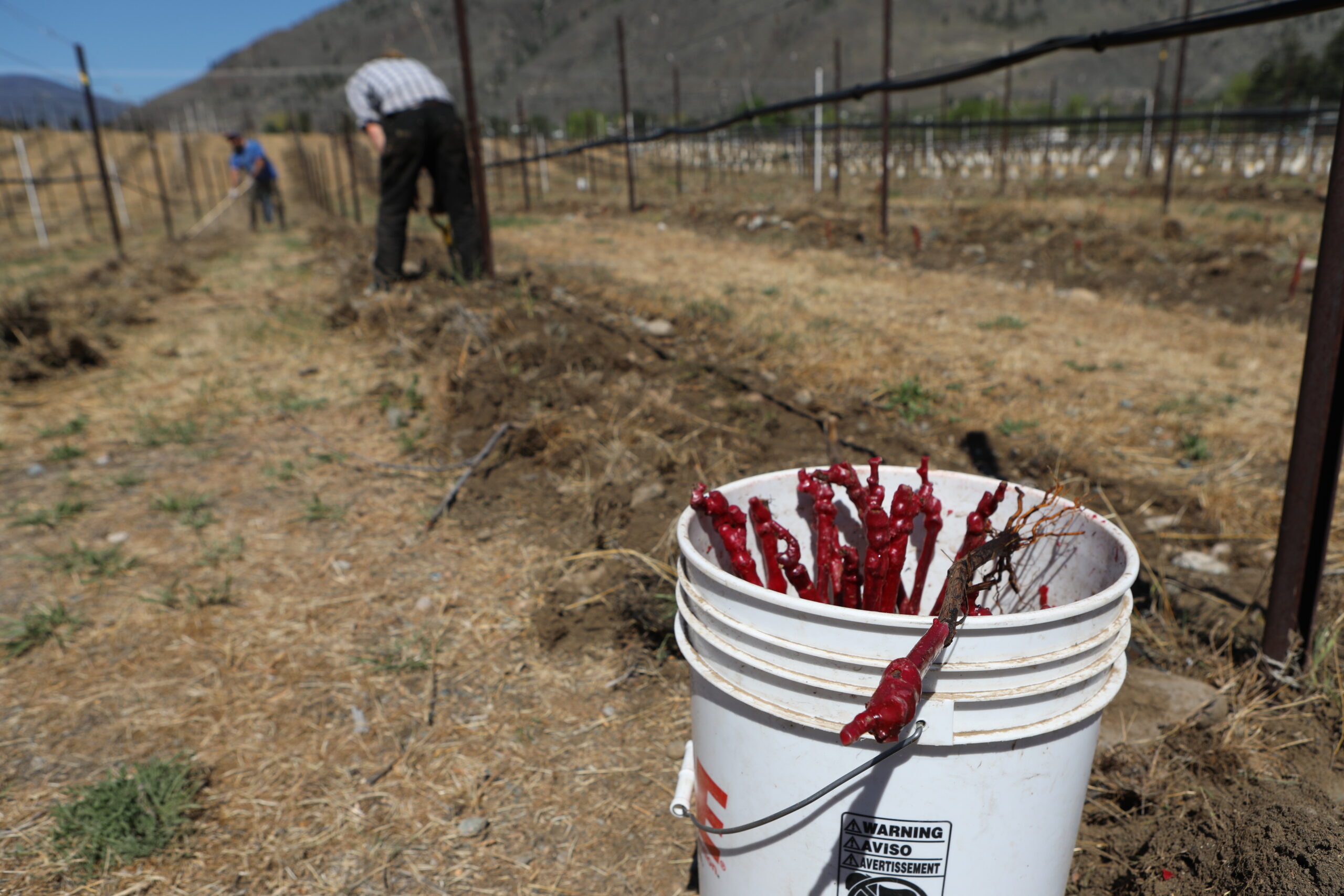
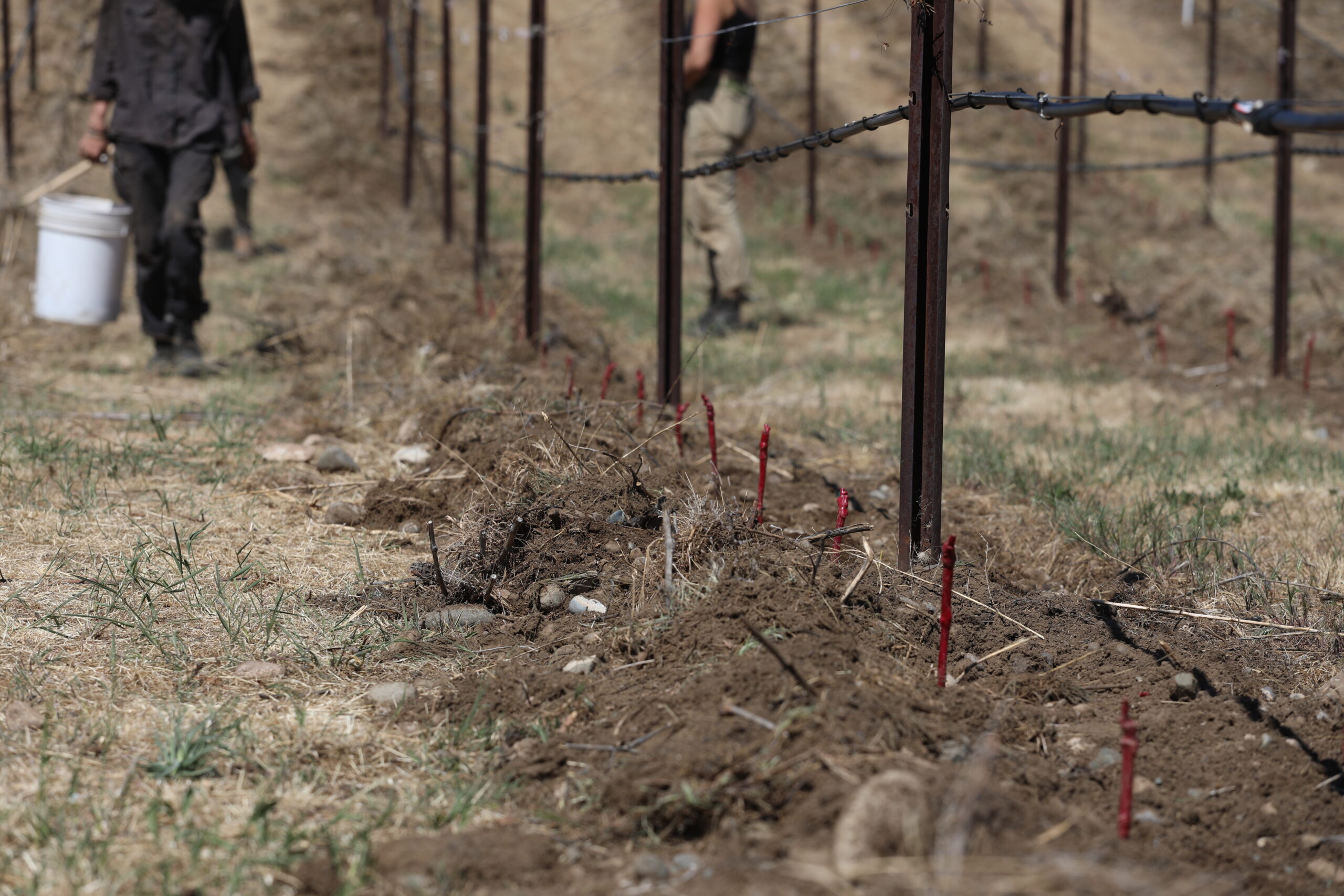
But Kelcie Jones, a wine educator and wine director at Vancouver’s Michelin-starred Burdock and Co restaurant, says most people who drink B.C. wines (most of which are sold within the province) are interested in the region because of their personal connection to it. They’ve visited a winery or tasting room and are loyal to certain producers. This connection may serve in the area’s favour as Okanagan winemakers contemplate wines made from less familiar but more climate-resilient varietals, including hybrids. “We have so much choice, so narrative can differentiate something. If you meet a producer and hear their story, that’s something you can connect with on a human level,” Jones says.
Jones believes hybrids and new varietals will be an important part of the Okanagan’s future. While there is doubt about what may work for the area in the long-term, Jones says she’s heard from some producers who currently grow hybrids that they’ve seen green on their vines after the cold snap, a positive sign of resilience.
An equally important part of the picture will involve organic and regenerative farming that respects the land, something many small-scale vintners like Rajen Toor are embracing. “I hope climate will be a bigger part of the story [of wine] moving forward,” Jones says. “I think the wine industry has done a good job of talking to ourselves about it, but it hasn’t been conveyed to consumers in terms of how much it will change things.” There is an opportunity there, she says, with customers knowing, at least on a basic level, of the industry’s climate issues. “People are really aware about fire now — they ask about that a lot.”
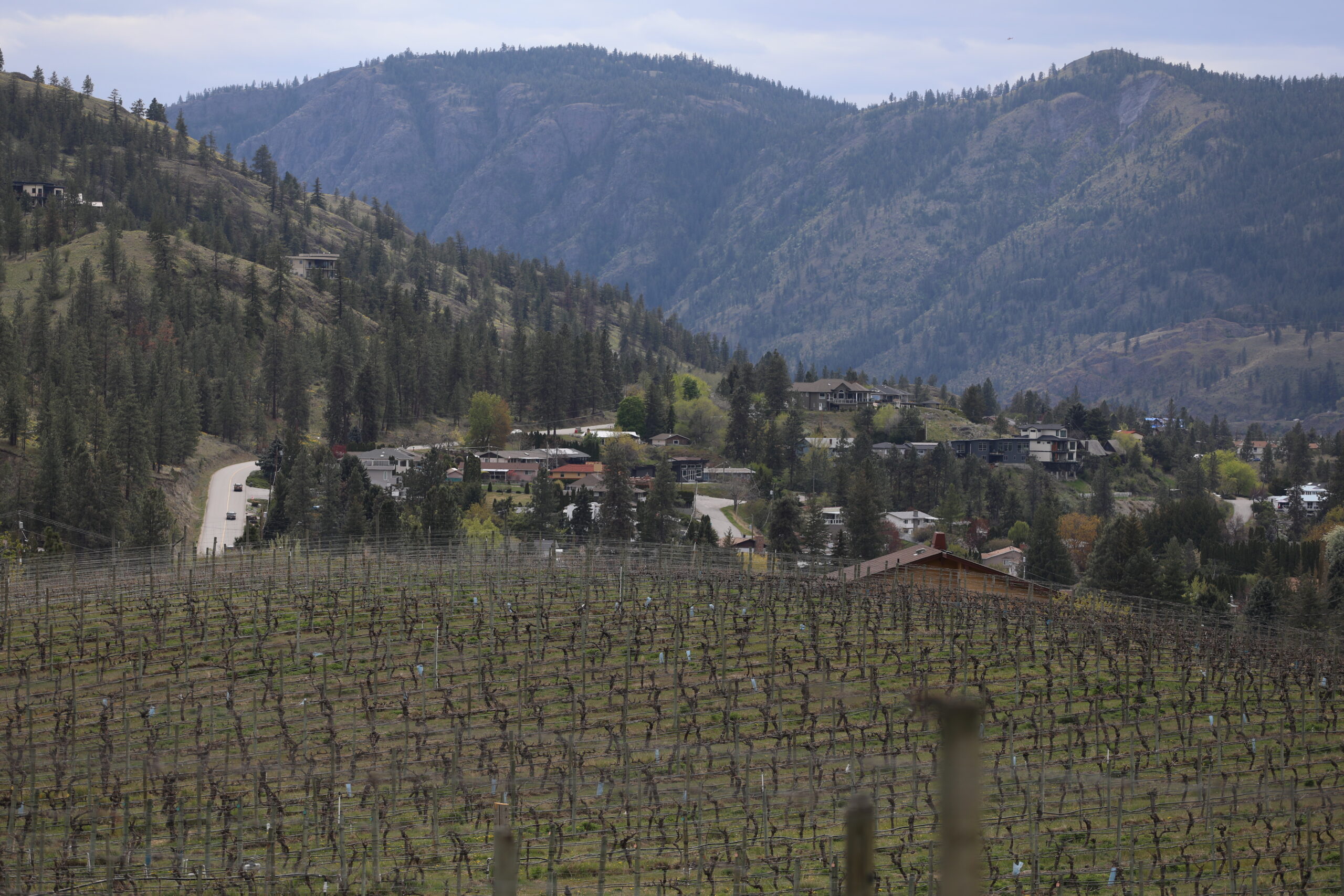
For Evan Saunders and Blasted Church, as for most winemakers in the Okanagan–Similkameen, the coming year carries much uncertainty. The winery is hoping to source grapes for its 2024 vintage from Washington state, where Saunders says the terroir and varietals are similar to the Okanagan’s. They will need to jump through complex regulatory loopholes to do so, but Saunders says he wants to keep his team busy doing what they’re there to do: make wine. “There’s a lot of different ideas out there and everyone’s going to have to figure out what works for their business. If there are wineries that have a lot of inventory, that’s great — they can take off a vintage and they’ll still have wines to sell,” he says. “But I want to keep my staff employed and to keep working with the same team I’ve been working with for a long time. So Washington is the plan at the moment.”
“We’d already gone through the anxiety and grieving and panic, so this year, the plan has not changed.”
Winemaker Rajen Toor
He says the crisis is a chance to get more creative about climate strategies. “We’re taking it as a bit of an opportunity, because what else can you do at this point?” It is farming, after all, as he points out. “No one got into the wine industry thinking it would be easy.” He thinks diversifying Okanagan vineyards with hybrids and new varietals may be a good approach. “Maybe you don’t need to be entirely planted with hybrids, but you can at least hedge your bets.”
For Rajen Toor, narrative has always been a part of his work with Ursa Major, and climate is just another element to the story. His wines’ names often recall poetry, and his 2022 Cabernet Franc, “Welcome to Hard Times,” feels especially prescient. He says there have been a lot of “doom-and-gloom” conversations since the cold snap in January, but he and his wife have mostly chosen to stay out of them after coming to terms with the devastation of the previous winter. “We’d already gone through the anxiety and grieving and panic, so this year, the plan has not changed. We’re just going to keep trucking along.”
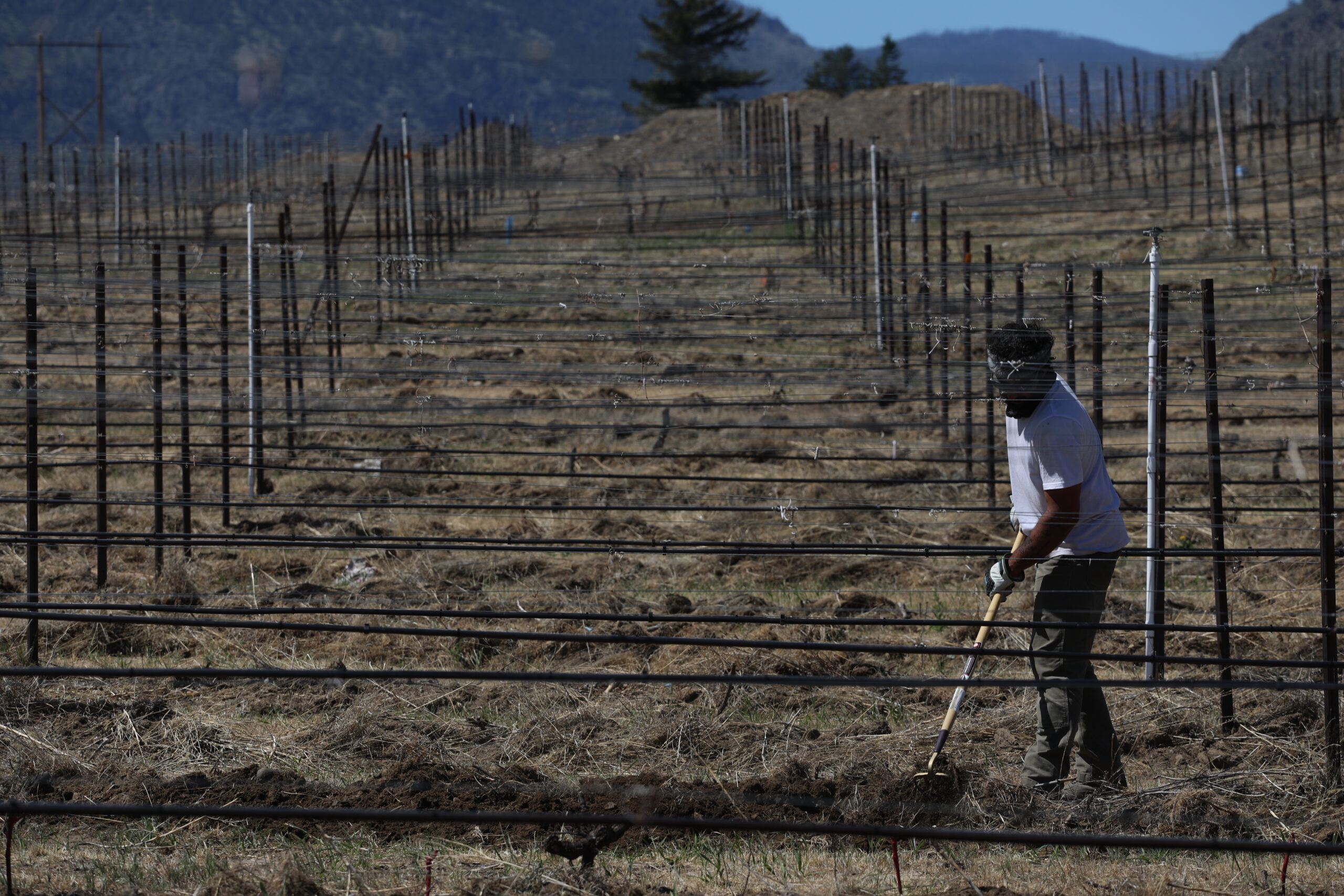
Toor was born on the vineyard his parents planted in Oliver, and feels like winemaking is in his blood. He can remember when winemakers in the area started replacing older plants — some hybrids — with more marketable varietals in the late 1990s and early 2000s, when he was still a kid. And he can also recall a time when winters in the area were more consistent, with more snowpack to protect the vines from cold. His Similkameen vineyard replant will include Marquette and Seyval Blanc, two hybrids he was introduced to in Quebec, and which are not just more cold-hardy but more disease-resistant and require less irrigation — a plus as the Interior heads into an anticipated drought season. It’s an approach he thinks more winemakers need to embrace if they want to survive.
For the time being, Toor is focused on his own future, and on the winery he and his wife plan to build this year on their Similkameen property. “The last few years have definitely been a test in patience and endurance,” he says, “but what’s keeping us going right now is just keeping the daydream alive: envisioning ourselves standing in our own winery, in our own production building, with the vines that we’re planting this year in full production. We’ve come so far, and we feel like we’re right there, but just need to push through this last barrier.”
Get the inside scoop on The Narwhal’s environment and climate reporting by signing up for our free newsletter. On a warm September evening nearly 15...
Continue reading
Governments of the two provinces have eerily similar plans to give themselves new powers to...

Katzie First Nation wants BC Hydro to let more water into the Fraser region's Alouette...

Premier David Eby says new legislation won’t degrade environmental protections or Indigenous Rights. Critics warn...
